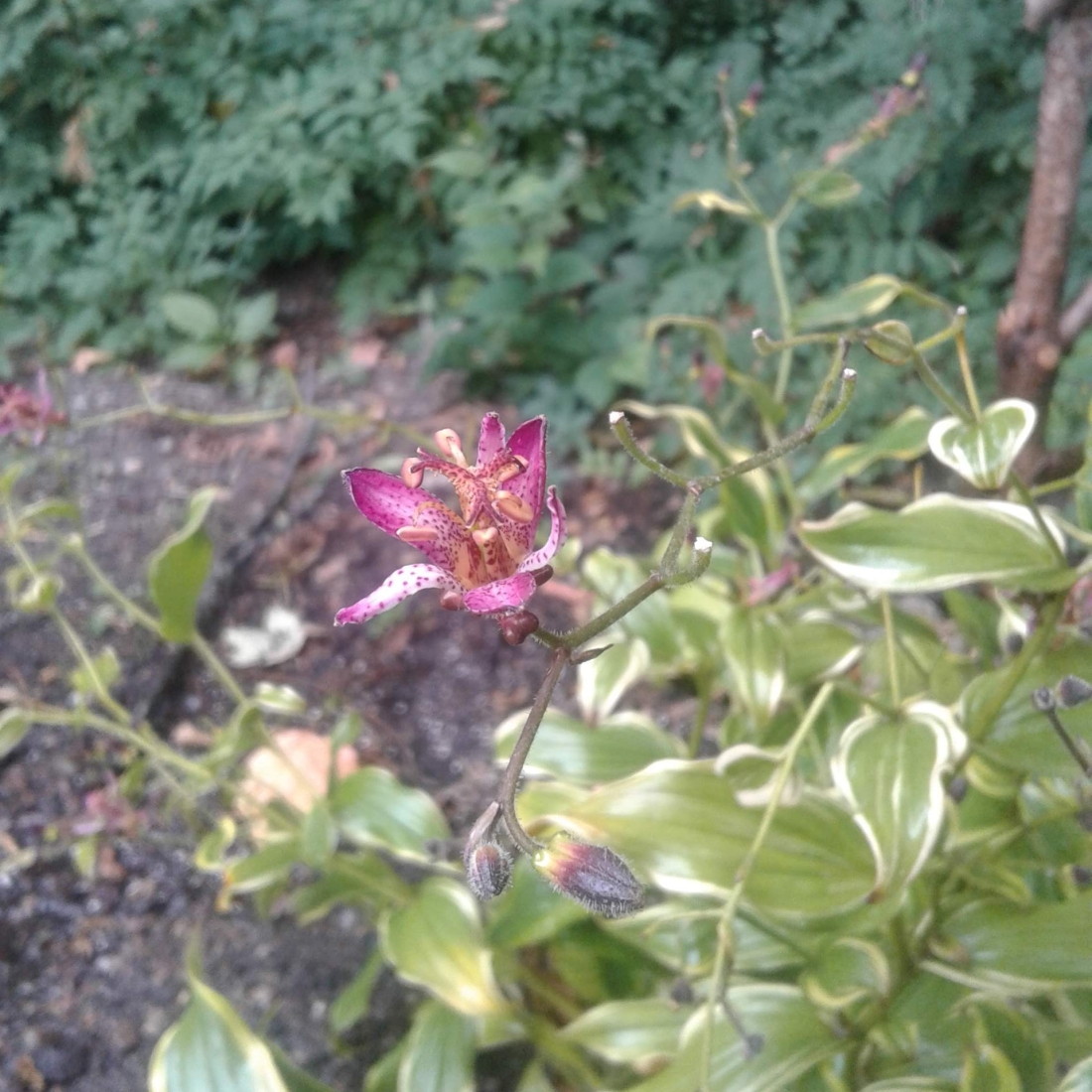One of the main reasons I wanted a new word to describe my landscaping concepts is the ambiguous nature of our word choices when talking about topics like sustainability, ecological awareness, or doing things the “natural” or “wild” way. I ultimately settled on eardiende because it has connotations of home, community, and Earth.
So many of our word choices fall apart under scrutiny when we try to talk about living in ways which do not cause unbalanced destruction of the Earth. First of all, the word “natural.” If natural means from nature, then everything on Earth is natural. The alternative, I suppose, would be supernatural. To think that human beings and our creations are outside the Earth, outside of nature, is to make an assumption that only furthers the thinking which results in so much destruction. The word “wild” falls apart in a similar way. To maintain the dichotomy of wild/domesticated we must see ourselves as essentially apart from nature, from the Earth, from the processes of the physical world. While these words work well when we are describing the difference between a chicken and an eagle, they do not last long when we undertake deeper analysis of the interactions between human beings and our surroundings.
Many words beginning with the prefix “eco-” come closer to describing what I want to talk about with eardiende. Ecology is a field of study that concerns itself with connections, biodiversity, the abundance of life, and functions like air circulation, water purification, and decomposition. All these things are essential to an understanding of the landscape as a living system. But the practice of greenwashing has so pervasively overused the eco label that it starts to lose its meaning. Additionally, scientific study does not always capture the essence of the home landscape. When we garden at home, we are often more focused on aesthetics, feelings, nourishment, and social norms. As an adjective, the word “ecological” begins to lose descriptive power. If ecology is the neutral, value-judgement free study of interconnected biological systems, how can “ecological” represent a way of living which promotes specific practices and products?
Sustainable comes closer to the mark of describing and valuing practices which are not irrevocably destructive to the Earth. An easy concept to understand, sustainability reminds us that are lives are intertwined with our landscapes. There is a visceral reaction to concepts like running out of oil, or polluting water so that it is no longer drinkable. But there are some destructive practices which are sustainable. Gardening with exotic plant species, for example. We humans may not notice or perceive any ill effects from the attendant loss in biodiversity. In fact, the lack of insect herbivory on exotic plant species is often perceived as a positive. There may be moral and ethical considerations, a crucial component of eardien thinking, which are not linked to the ability of humans to sustain or survive certain practices.
Organic is a common term used when describing food-growing practices which attend to environmental health. But when describing the totality of our gardening practices, shouldn’t we also attend to inorganic factors? Additionally many synthetic chemicals that can be harmful to the world around us are organic. That is, they are organic chemical compounds containing carbon. Merely describing the carbon content of certain factors does not seem powerfully explanatory of the gardening practices humans should use to foster landscapes rich in functional living relationships.
If gardening practices which do not cause undue destruction to plants, animals, bacteria, abiotic factors like riverbeds or rock formations, or aesthetics can’t be adequately described as natural, wild, ecological, sustainable, organic, how can they be described? When thinking about all the intertwined biotic and abiotic processes in the world around and inside us, even descriptions like indoors/outdoors begin to lose their meaning. Our own bodies are full of abundant non-human life and abiotic factors. Our homes, no matter how clean or urban, are teeming with insects, spiders, bacteria, yeasts, fungi, and algae. Many people grow plants indoors which come with their attendant bacteria, insects, and all the beings that dwell in soil. Pets are their own microcosm. All this abundant life is constantly interacting, breeding, decomposing, and changing.
There is nowhere we can go to escape nature, wilderness, ecology, or organic life. There is nowhere so human, so domesticated, so suburban, that it does not participate in the global churning cacophony of life. That is why words that try to section off a piece of this larger functioning and call it pure or special are doomed to fail. Everything is connected and nothing is pure or untouched. Nature is everywhere, especially inside of us. This is why I developed the concept of eardiende to specifically describe ways humans can interact with the world around us in healthy, ethical ways that thoughtfully promote beauty, biodiversity, and ecosystem services as an inherent good.

photo by the author of Tricyrtis hirta taken 8/16/18
